Pipe band drumming expert Allan Chatto OAM concludes his article (abridged) on how bands can improve drum corps work and ensemble…

Snare drum scores should be arranged using motifs and phrases that are all within the capability of the members of the drum corps. There is not much point in including some tricky or catchy phrases that the leading drummer may like only to find some of the snare drummers can not play them!
Build scores around the ability of all the drummers so they will have confidence in playing them on the contest field. There are a number of drum tutor books available nowdays that show many examples of interesting two-bar phrase groupings and exercises.
In competition we hear many examples of ragged execution and poor integration, particularly from lower grade drum corps. These failings may be grouped as: triplets played in a hurried fashion, open groups of single taps not being controlled or played to true note value, accented groups where the intermediate taps are nearly as loud as the accents, rolls forced or not well sustained, or thin and not played with true note value.
This is particularly evident where open work comes off a roll. Add to these pitfalls embellishments not cleanly played in a well defined fashion. More.….
[wds id=”2″]
In my book, the number one rule when writing drum scores would be to discuss what you propose with the pipe major. He (or she) should play a particular tune several times and point out to the leading drummer where to highlight a particular part of the tune with effective rhythm or dynamics.
There is certainly no point in drummers crashing in with a tricky syncopation or dynamic phrase where the pipers are playing something very delicate.
One of the features of melodies in the Scottish and Irish pipe band idiom is their natural snap and syncopation, particularly in placing weight of accent on the back-end of the beat. This seems to give pipe tunes a foot-tapping lilt and is somthing drummers should be aware of.
Leading drummers and pipe majors should always discuss where the piping composition needs reinforcement with dynamics or other phrasing. But remember drummers, sometimes it is what you leave out rather than what you put into a score that will catch the adjudicator’s attention.
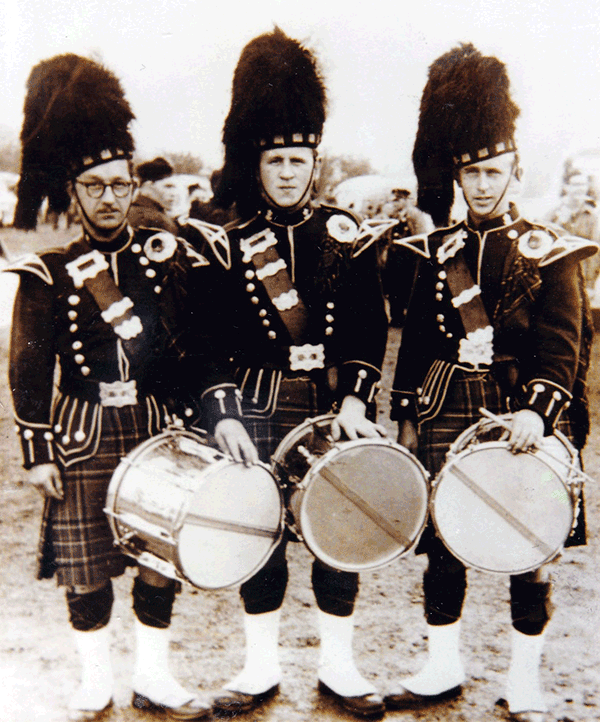
Snare drummers should be innovative and listen to other musical idioms for ideas. Do not try to emulate or copy the drum scores played by other leading drum corps.
Firstly it is bad manners and secondly it is very difficult to achieve the same rhythm and expression as the originator. Most probably this drum score was written for a completely different piping arrangement.
The most important factor is, as I have said, to work in tandem with the pipe major, set scores that are within every drummers ability, be creative, introduce the unexpected, add excitement to the scoring, introduce subtle innovation, but do not overdo it.
Combine syncopation, dynamics and tonal contrast. Remember, and I repeat, the overall score must be integrated between snare, tenor and bass drum. This will assist in effective percussive accompaniment to the melody.
The key to success in a pipe band the ability of the pipe major and the leading drummer to be able to mould their corps into a team that can achieve musical and rhythmic unison, that is to say ‘all playing the same thing at the same time!’ Many World Championships have been won by bands that have rarely won a drumming prize. Ensemble was their key. More….

Conclusion:
1 Be aware of the prime constituents of sound: pitch, volume, tone.
2 Understand the structure of the pipe tune – muscianship!
3 Drums must be in tonal harmonic integration with the pipe corps.
4 Use controlled beatings and dynamics in your scores.
5 Learn to develop good technique and accurate stick control.
6 Try to be creative; develop an exciting and innovative rhythmic accompaniment.
7 Discuss with the pipe major interpretation and phrasing.
8 Remember that the introduction, the rolls, will be the band’s first impression on the adjudicator. It must be confident and have good sound unison and tonal projection.
9 While interpretation of any musical form is subjective, the performance as perceived by an adjudicator will be viewed objectively and constructively in the critique sheet.
10 Use strategy in positioning both pipers and drummers so as to give the band the best competitive advantage.
- Read the first instalment of this article here.
[wds id=”8″]


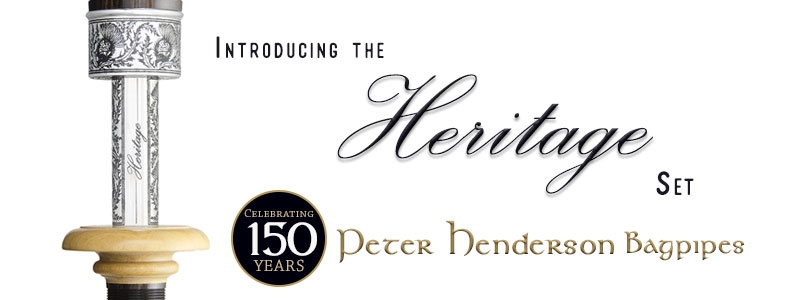

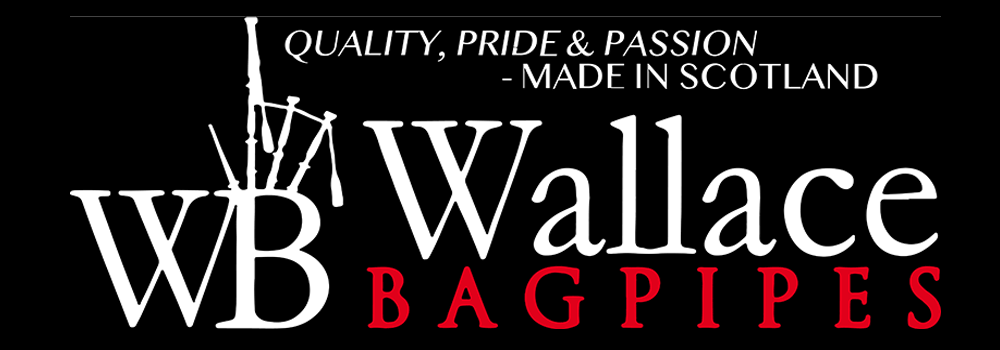




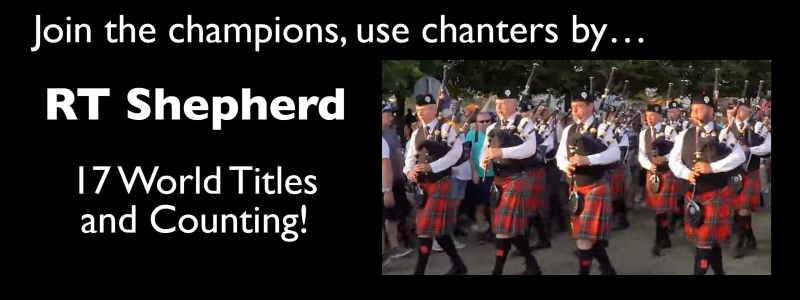





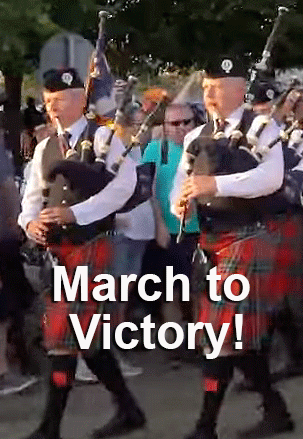







“Snare drummers should be innovative and listen to other musical idioms for ideas. Do not try to emulate or copy the drum scores played by other leading drum corps.”
Truer words were never spoken. 🙂